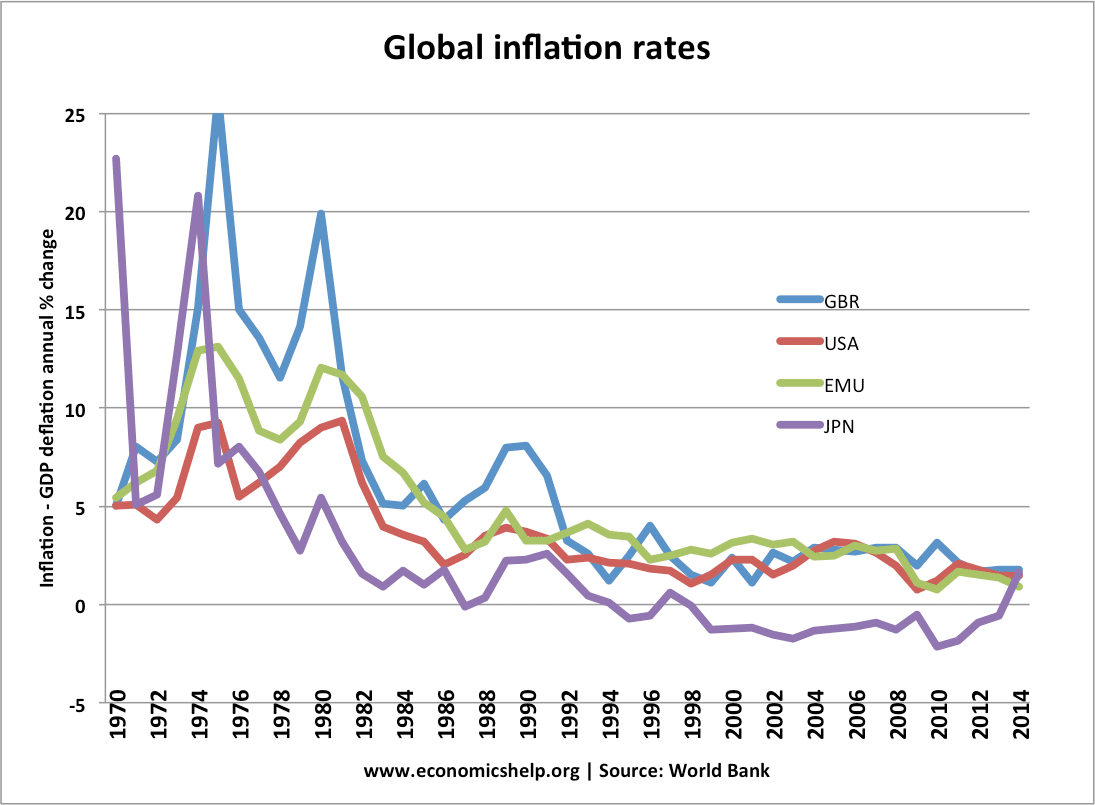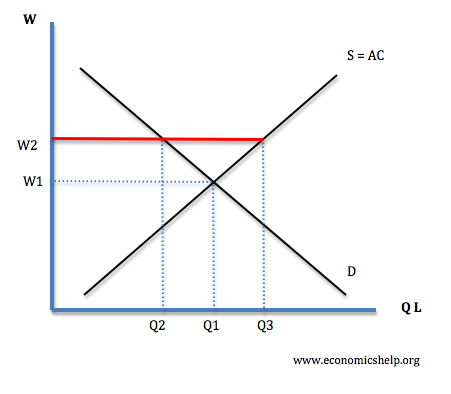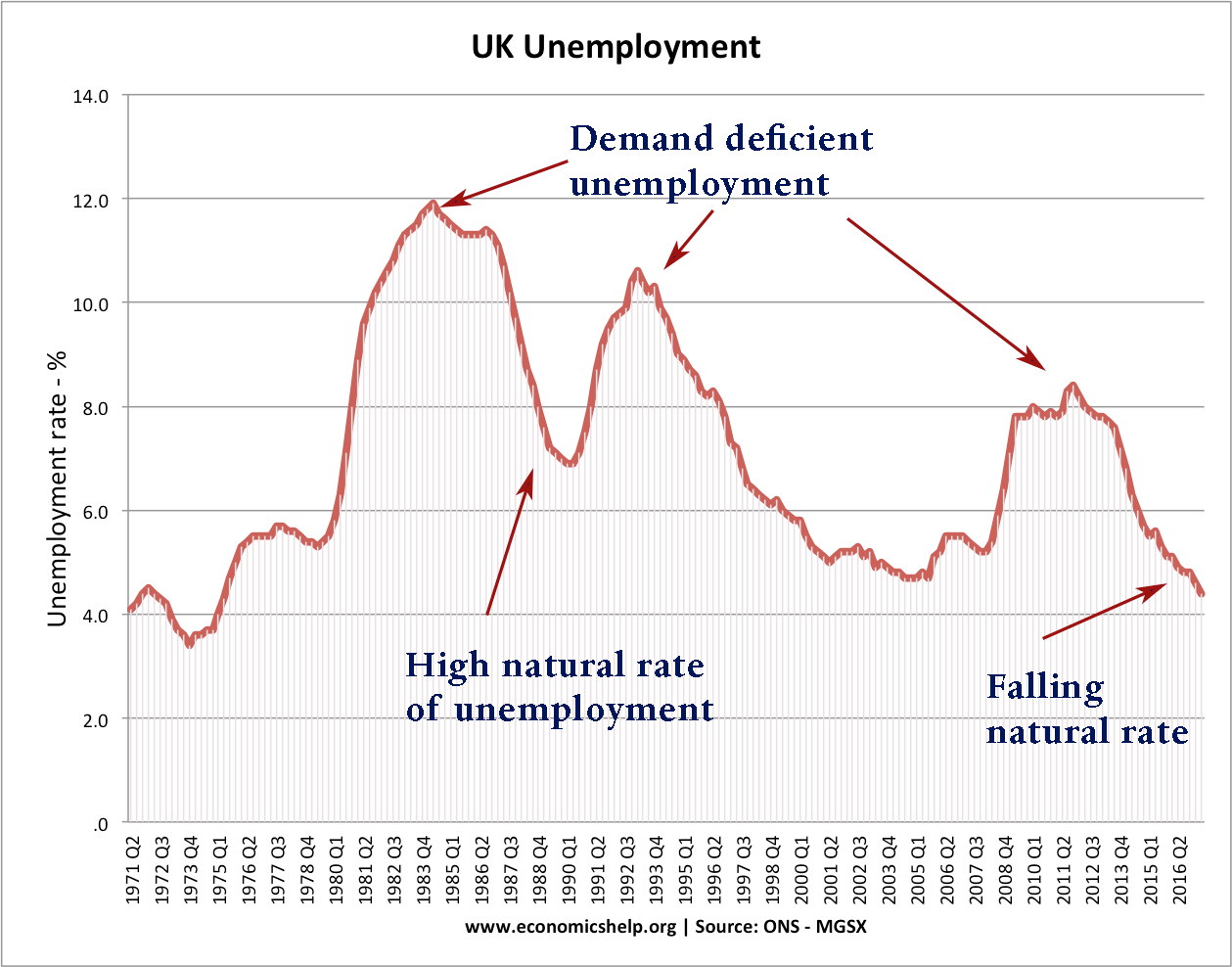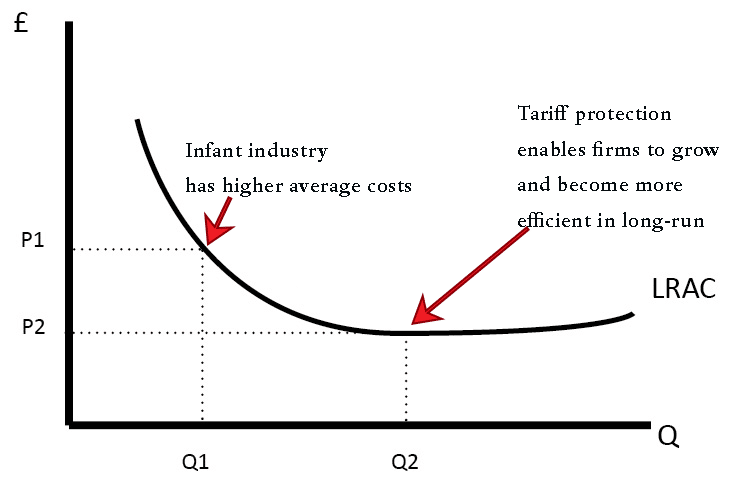Profit satisficing
Profit satisficing is a situation where there is a separation of ownership and control. As a result, the owners are likely to have different objectives to the managers and workers. In short, owners wish to maximise profits, but workers and managers may not. It is an example of the principal-agent problem. The shareholder is the principal. …




